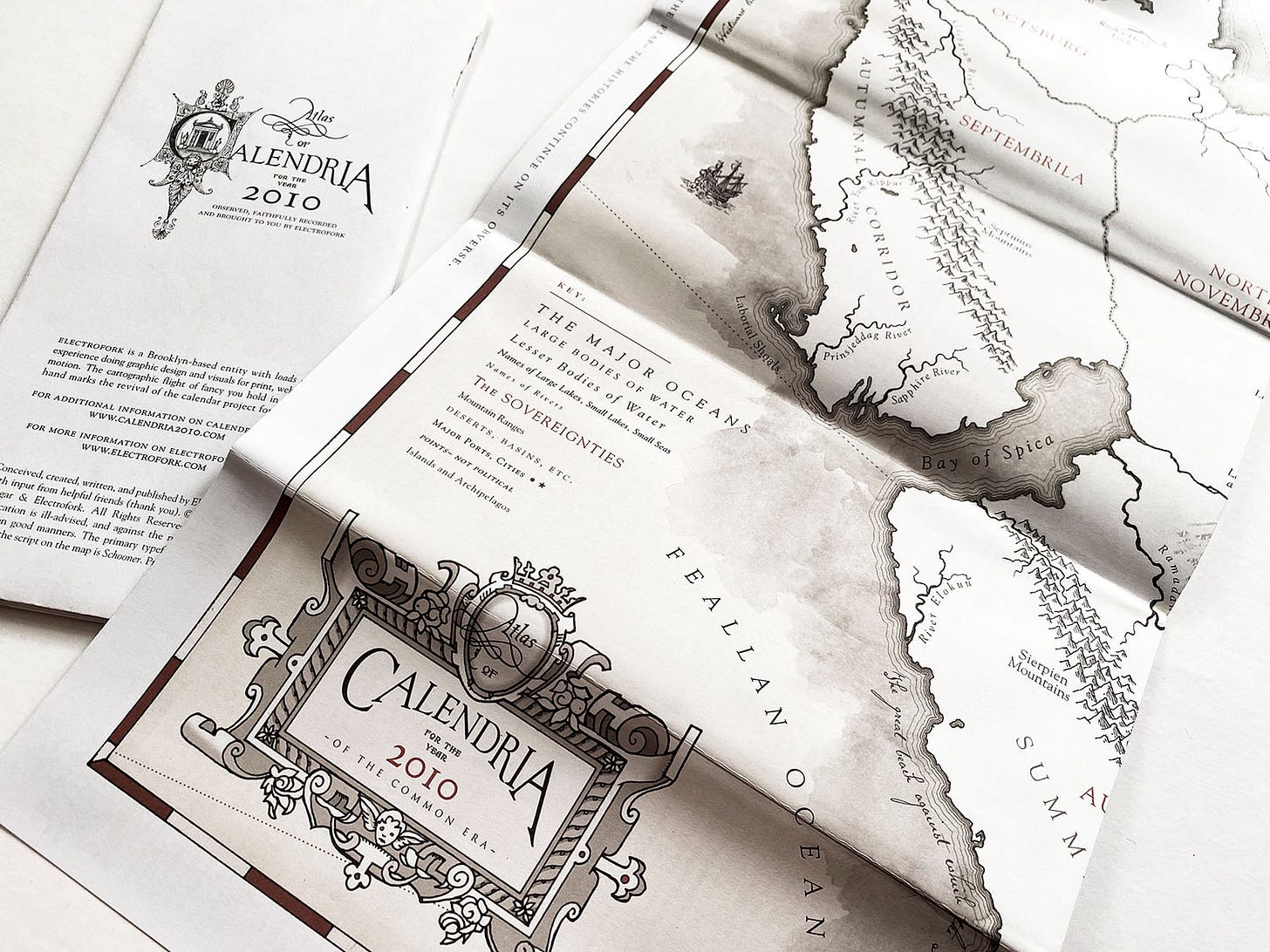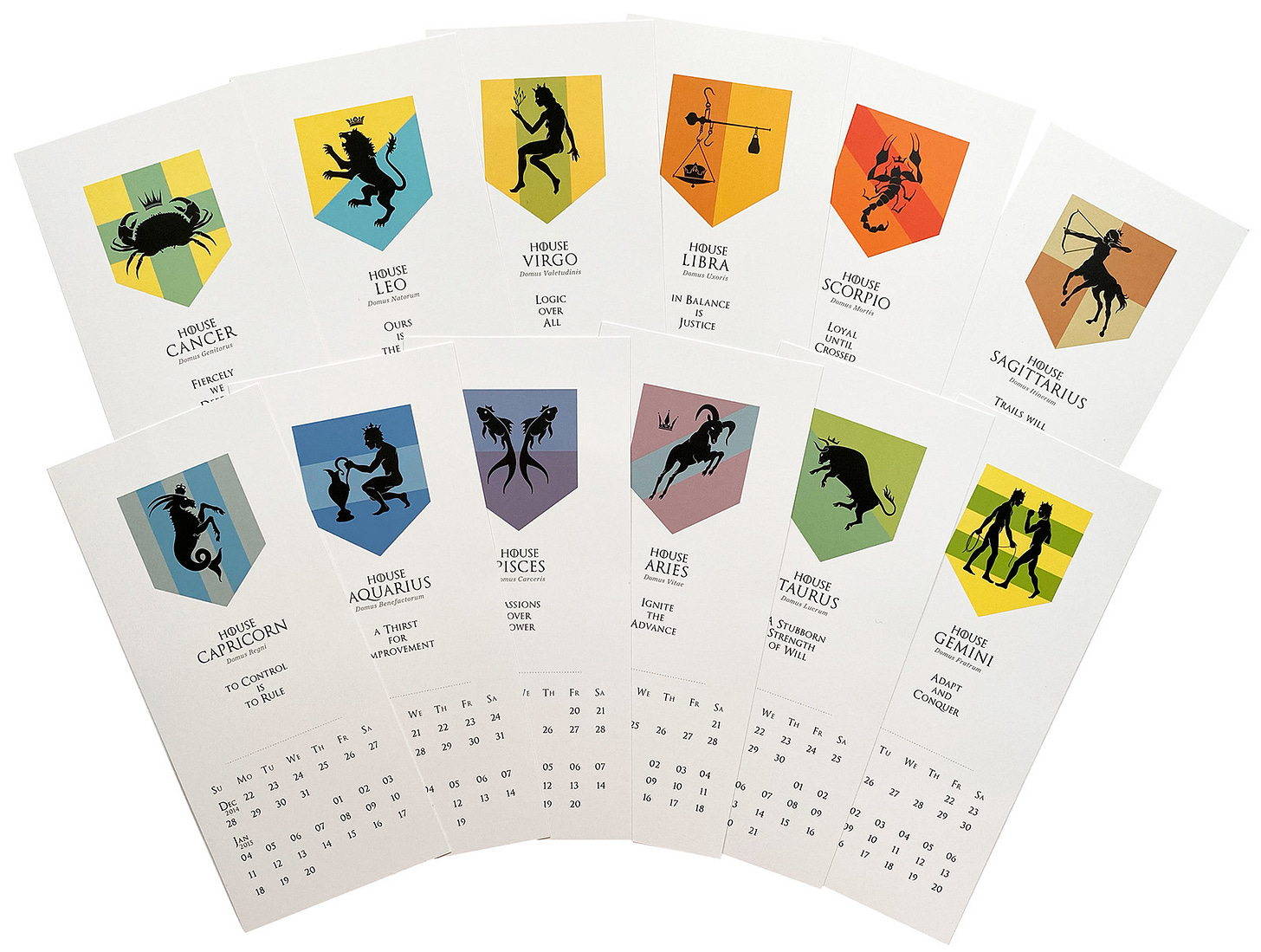No.23 A Self-initiated project has a primary requirement
In which the early-days research and planning for a project redirect my initial plans entirely.
Hello!
Yes, yes, I know you’re thinking the aforementioned primary requirement is a sloth buddy, but stay with me. Last time, I low-key announced my latest project almost as a side-note; a zoologically-themed card deck. Not a very gracious introductionto a new project that I’m really excited about!
Since it’ll be be ongoing for some time, a great friend suggested that I share the process along the way. Not just the art-in-process, but all the considerations that to shape something like this; the research that goes into it, around planning, prep, tech— everything.
These phases and steps involved in a project like this are familiar to me. They’re things I’ve been doing for ages, both in a professional capacity and on personal projects. But I rather forget that my expertise was bought over decades of experience—with successes and mistakes— and that I have a lot of useful intel to share with others. So share it I will! (say it like Yoda)
I’m so glad she reminded me of it, and made her suggestion. I’ma start with a bit of background.
Background
Years ago when I was a freelance, I wanted to send out something to my family, friends, and clients at the end of year— some sort of holiday card, well-wishing type of mailing. Ideally, I wanted something non-denominational, jolly, and memorable that also showcased my talents— perhaps a lot to ask of a simple card, and I have a tendency to overthink any project to begin with. I missed the boat a number of times because I just couldn’t decide what to make.
I landed on the idea of designing a calendar each year. With a shelf life of 365 days, it would matter little whether it arrived in December or January. Problem solved! It also meant that I could pour my little heart into whatever form it took. Which I generally did.
One of the things I loved about making them was that each year it provided a kind of puzzle. Almost none of them was practical in terms of using it (to write down appointments, &c), because I was determined to come up with a new approach, in form and in theme, every year. They were quite fun as problem-solving challenges, allowing me to both apply and improve my professional skills— to wit:
Establishing and working within a narrative or theme
Investigating production options
Creating and sticking to a production schedule
Working within a budget (mine changed year by year)
Designing something that could be mailed inexpensively
All these things mean research (a phase of any project that I love). My 2010 calendar (which I shared a some pics a few posts ago) was in the form of an atlas; a folded paper map, such as one used to buy at a gas station for a road trip. One side was a map of an imaginary world, all informed by cultural holidays and ways of time-keeping. I designed another in 2015, loosely based on a marriage of the Zodiac and Game of Thrones, in which each sign became a sigil for a family ‘house’. I produced both of these via successful Kickstarter campaigns, and they were great fun.
The new card deck project contains nods to aspects of a calendar, if only in abstract ways. I learned these things years ago, when I first began researching this as a potential project:
Twelve face cards for the months in a year. Four suits for the seasons. And, if we can assume the face cards to represent 11, 12, and 13 (pips-wise) and they’re added to the collective pips on the remaining cards, we can arrive at a nearly perfect 364 pips—so close to 365! Perhaps you’d be generous and throw just one of the Jokers in to arrive at our contemporary day-count in a year, and thank you. Close enough, considering this conceit is mainly for my own sense of continuity. On to early research.
Early-days Research
Two summers ago I started research again. I had the notion that my suits could be based on ‘the three estates’ (aka classes) of people in Medieval Europe— the clergy, the nobility, and the peasantry. Three suits, with one also to represent the monarchy, historically considered to be above the three estates (so like them).
This sounded like it could be fun— it appealed to the research nerd in me, anyway.But the more I went down this path, the more I questioned it. It seemed cued up to be a not-very-different deck to all the standard decks already in the world.
So I considered doing a deck of women of history— perhaps focused on other ‘estates’ —the arts, science, industry, and policy for example. But with only 12 face cards, it would either be too few to be a good representation, or else it would need to be constricted to a time period or movement. I could do all 52 cards, but then it becomes a monster of research and portraiture!
Suddenly, as often happens when I get ahead of myself with research and planning on a project that I haven’t even started, everything began to spin and deflate in my mind. It felt fraught and weighted and very far from any initial intent I had for the project. Which made me stop and reflect: What is my intent? What’s my ‘why’ in this dreamed-up endeavor?
I’ll pick up here and answer that all-important question in my next missive. In future posts I’ll also get into different types / phases of research for something like this— creating mood boards; researching my topic and sourcing references; devising some matrix or way of evaluating my decision-making (creatively, thematically); print budgets, timelines, &c. And obviously I will be sharing the ART— my process, materials, and finished pieces.
I hope you’ll join me! And hopefully pick up useful bits n bobs along the way that can be applied to your own projects.
xx Liz








